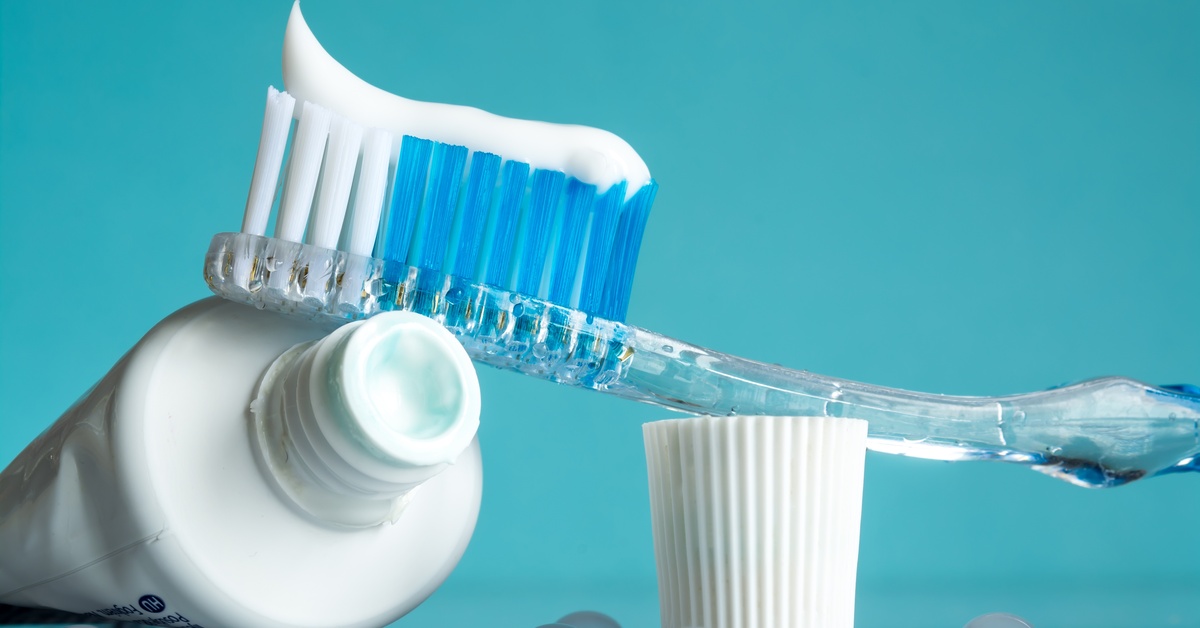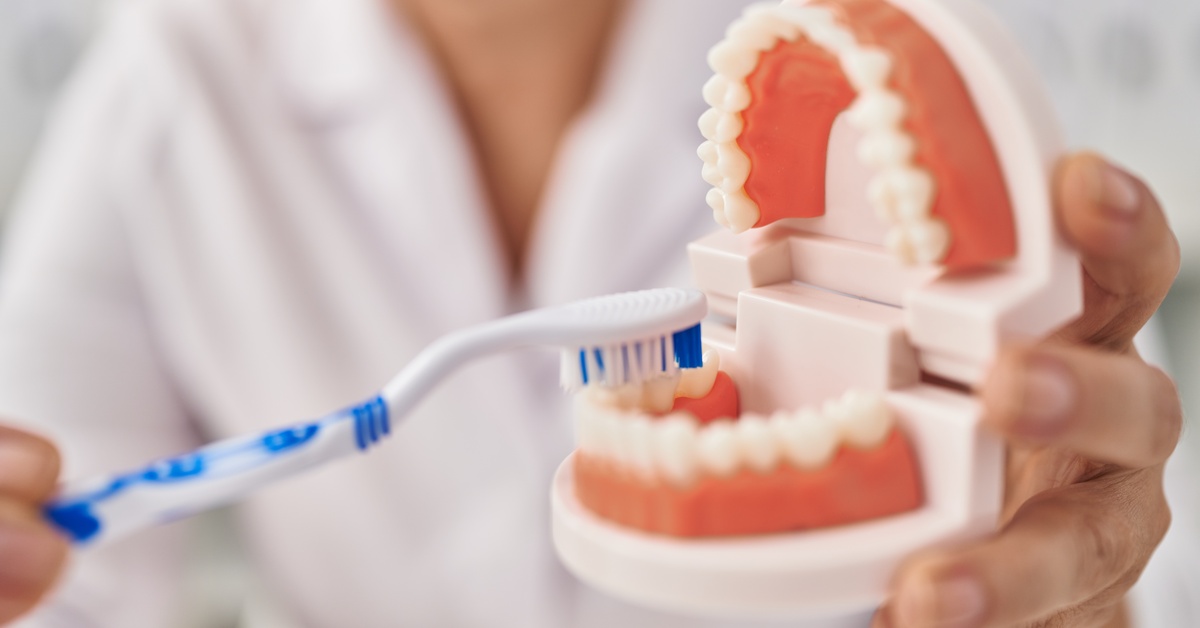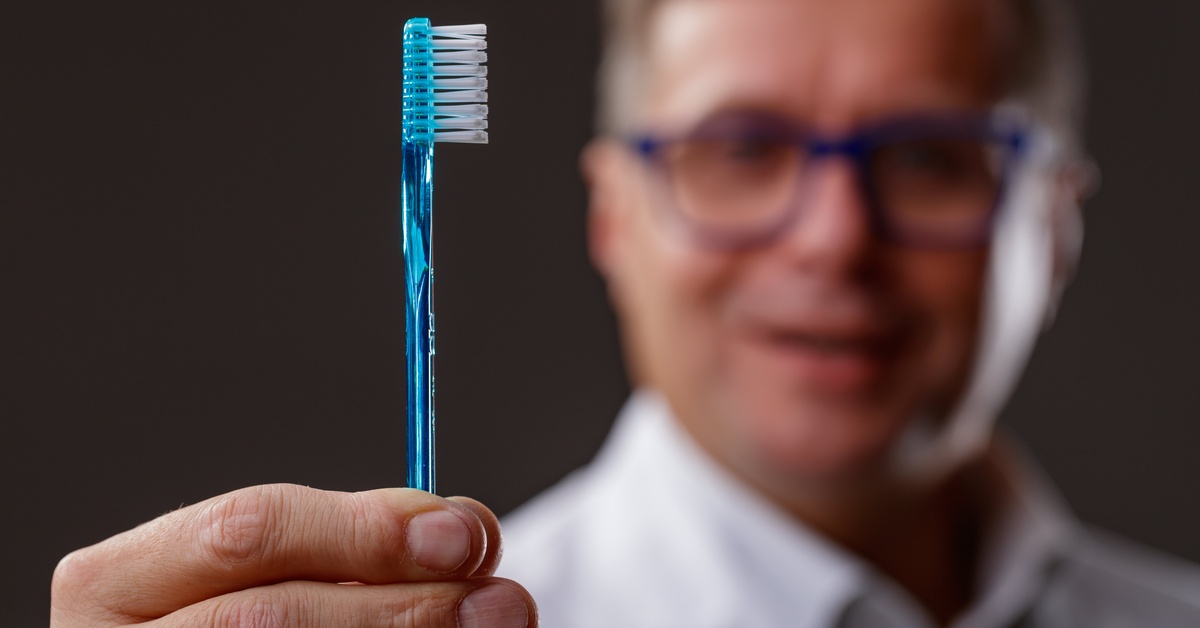
The type of toothpaste and toothbrush you use plays a major role in maintaining good oral hygiene. But with countless products available, you may not know which items are best for your dental needs. Read on to learn everything you need to know about choosing the right type of toothpaste and toothbrush.
Your Oral Health Needs
Before selecting a toothbrush or toothpaste, you’ll need to identify your specific oral health requirements. Sensitive teeth, cavity prevention, gum health, and whitening are common concerns that influence these decisions.
If you experience sensitivity, choose a toothpaste containing nano-hydroxyapatite and sodium fluoride, such as Carifree Pro Gel, to alleviate discomfort. When you use this toothpaste, you will spit it out without rinsing after to allow it to sit on your teeth to maximize its effectiveness. Use a toothbrush with soft bristles for gentle cleaning that won’t irritate sensitive teeth and gums.
For concerns about cavities, fluoride and nano-hydroxyapatite toothpaste is a must. Fluoride and nano-hydroxyapatite strengthen and repair enamel and help reverse early signs of tooth decay. When used alongside a soft- or medium-bristle toothbrush, it can effectively remove plaque.
If you’re managing gum disease, such as gingivitis or periodontitis, focus on tools that clean effectively at the gumline. A soft-bristled toothbrush with a small head can provide the precision needed. Adding a water flosser into your daily routine will also make a big difference with improving your gum health by flushing out hard-to-clean pockets around your teeth.
Whitening solutions are also a common area of interest. Unfortunately, “whitening toothpastes” do not actually whiten your teeth and are overly abrasive, causing microscopic damage to your teeth. Instead, choose a toothpaste that contains nano-hydroxyapatite. This mineral is shown to have whitening properties without causing damage to your enamel.

Choosing the Best Toothbrush
There’s a wide variety of toothbrushes on the market, and understanding their features simplifies the process of narrowing down your options. The type of bristles, manual versus electric design, and comfort of use all play a role in effective brushing.
Soft-bristled toothbrushes are generally recommended for most people due to their gentle cleaning capabilities. These are particularly great for individuals with sensitive teeth or gums or exposed tooth roots. Medium bristles may be better suited to those without sensitivity, but should be used carefully to avoid damaging the enamel and gums. Hard-bristle toothbrushes should be avoided as they carry a higher risk of damaging your teeth.
When deciding between a manual and electric toothbrush, personal preference and your ability to maintain proper technique play key roles. Manual toothbrushes are cost-effective and readily available, while electric toothbrushes provide a more thorough cleaning through vibrating or rotating heads. The latter is especially beneficial for individuals with limited dexterity or difficulty maintaining effective brushing habits.
Additionally, smaller toothbrush heads are more effective at reaching back teeth and cleaning tight spaces in your mouth. Handles with ergonomic design or non-slip materials can enhance control and comfort, making brushing more effective.
Toothpaste That Meets Your Needs
Toothpastes vary greatly in ingredients and benefits. Your choice should align with your specific oral hygiene goals. For most people, fluoride and nano-hydroxyapatite are the key ingredients to look for. They strengthen and repair enamel and help protect against cavities, making it a universal recommendation.
If you have additional concerns, specialty toothpaste can address those needs. For example, desensitizing toothpaste with nano-hydroxyapatite repairs enamel at the microscopic level and reduces discomfort. It also will whiten your teeth without the damage that “whitening” toothpastes cause.
Excessively abrasive toothpaste can damage enamel, while artificial dyes or harsh chemicals might irritate people with sensitive gums. If you prefer natural oral care products, ensure they include nano-hydroxyapatite to maintain cavity protection. Always check with your dentist for guidance on the best selection.
Unique Oral Care Needs
Specific oral care scenarios require a more customized approach, where dentists often serve as valuable guides. For individuals with braces, using toothbrushes with V-shaped bristles, interdental cleaners, or water flossers can help effectively remove debris from hard-to-reach areas. Fluoride and nano-hydroxyapatite toothpaste is especially important during orthodontic treatment to prevent cavities where brackets sit.
Patients with dental implants may benefit from non-abrasive toothpaste and soft-bristle toothbrushes to allow for the gentle yet thorough cleaning of implants. Specialized tools, such as floss designed for implants, can maintain gum health while protecting the structure of the replacement teeth.
If you experience dry mouth caused by health conditions or medications, consider moisturizing xylitol spray and alcohol-free mouth rinses. These products can combat discomfort and lower your risk of enamel erosion. Seniors with reduced dexterity or arthritis may find electric toothbrushes with easy-to-hold handles and larger buttons particularly helpful for maintaining effective brushing practices with minimal strain.

Preventive Care with Professional Support
While selecting the perfect toothpaste and toothbrush is important, preventive dental care plays a critical role in achieving and maintaining oral health. Regular dental checkups provide opportunities for early identification of problems such as cavities, gum disease, or enamel erosion. Professional cleanings remove plaque and tartar buildup that at-home care tools can’t always address.
Preventive treatments such as dental sealants and fluoride applications further enhance at-home efforts. Sealants, often applied to molars, create a barrier against bacteria in hard-to-clean grooves of the teeth, while fluoride treatments strengthen enamel to make teeth more resilient to decay.
By working with your dentist to combine preventive treatments with consistent at-home care, you can feel confident that you’re taking a proactive approach to long-term oral health. Pinnacle Dental Associates prioritizes using advanced technology that allows for a minimally invasive approach to dentistry, giving your smile a long-term, healthy foundation.
Practical Tips for Oral Care
To support your overall oral hygiene routine, brush your teeth at least twice daily for a full two minutes, making sure you’re cleaning all surfaces thoroughly. Replace toothbrushes or electric brush heads every three months, or sooner if the bristles become worn. Incorporating flossing or interdental brushing into your daily habits is also crucial for cleaning the spaces between teeth that are inaccessible to toothbrushes. Lastly, scheduling regular dental visits for professional cleanings and evaluations can help catch small issues early, offering an added layer of protection and ensuring long-term oral health.
A Foundation for Oral Health
Choosing the right type of toothpaste and toothbrush is an important first step in maintaining good oral hygiene. By focusing on a routine that is unique to your dental needs, prioritizing practical tools, and having regular visits with your dentist, you can have long-term dental health.
Pair your at-home oral care with preventive treatments and regular checkups at Pinnacle Dental Associates, a family dentist in Albany, Oregon. You’ll be well on your way to better oral health and a confident, lifelong smile.
